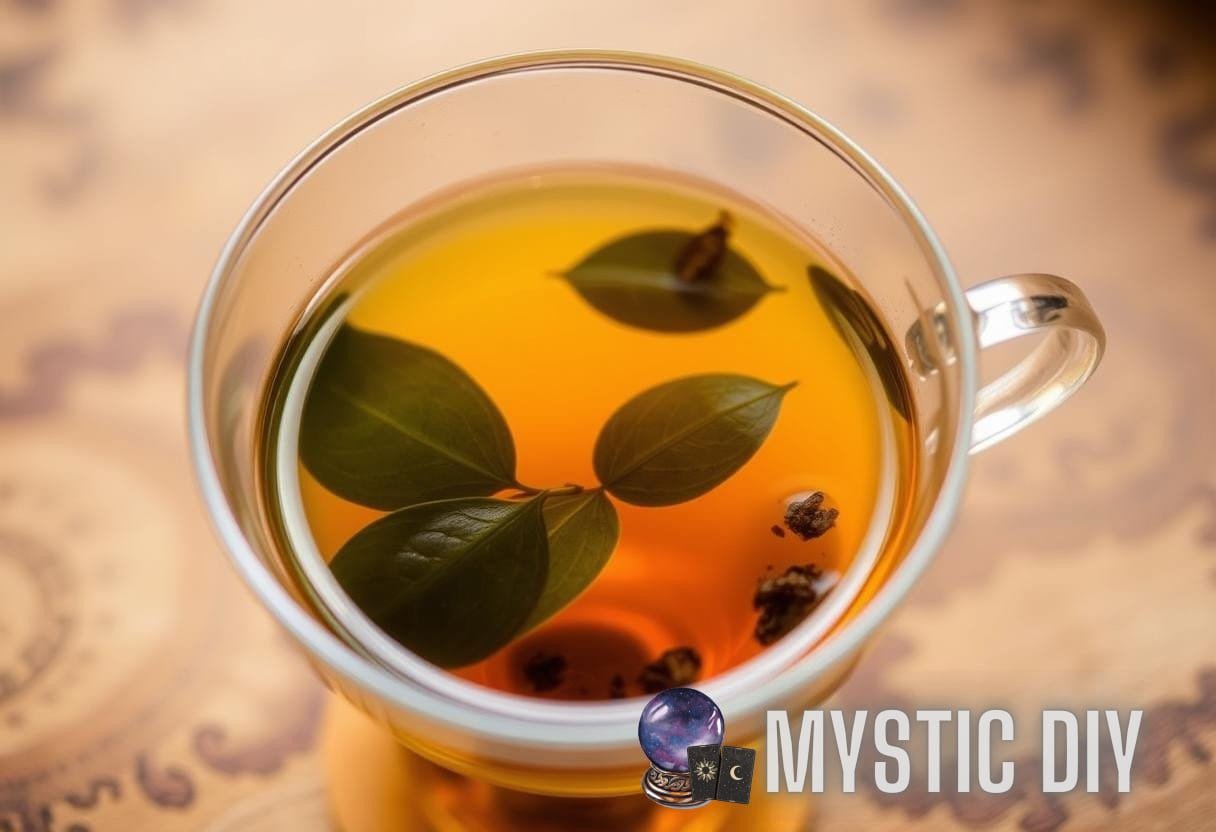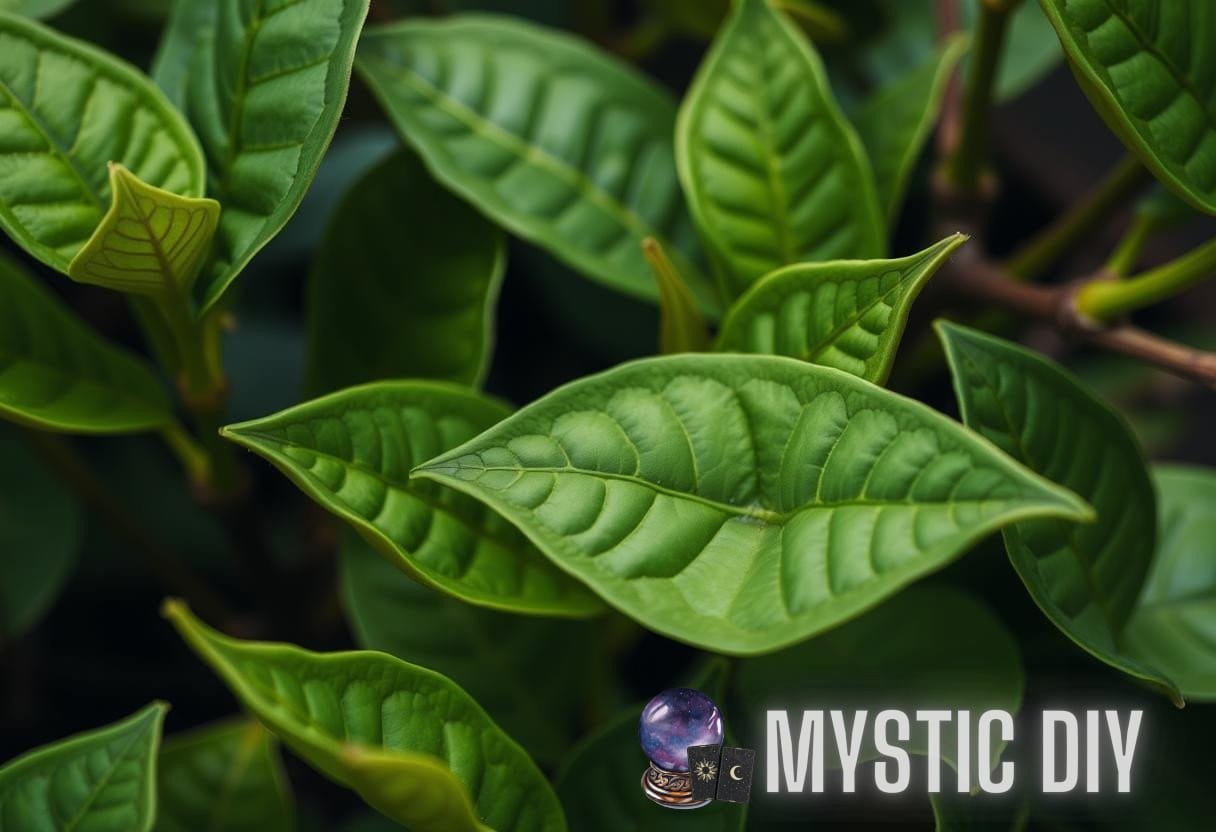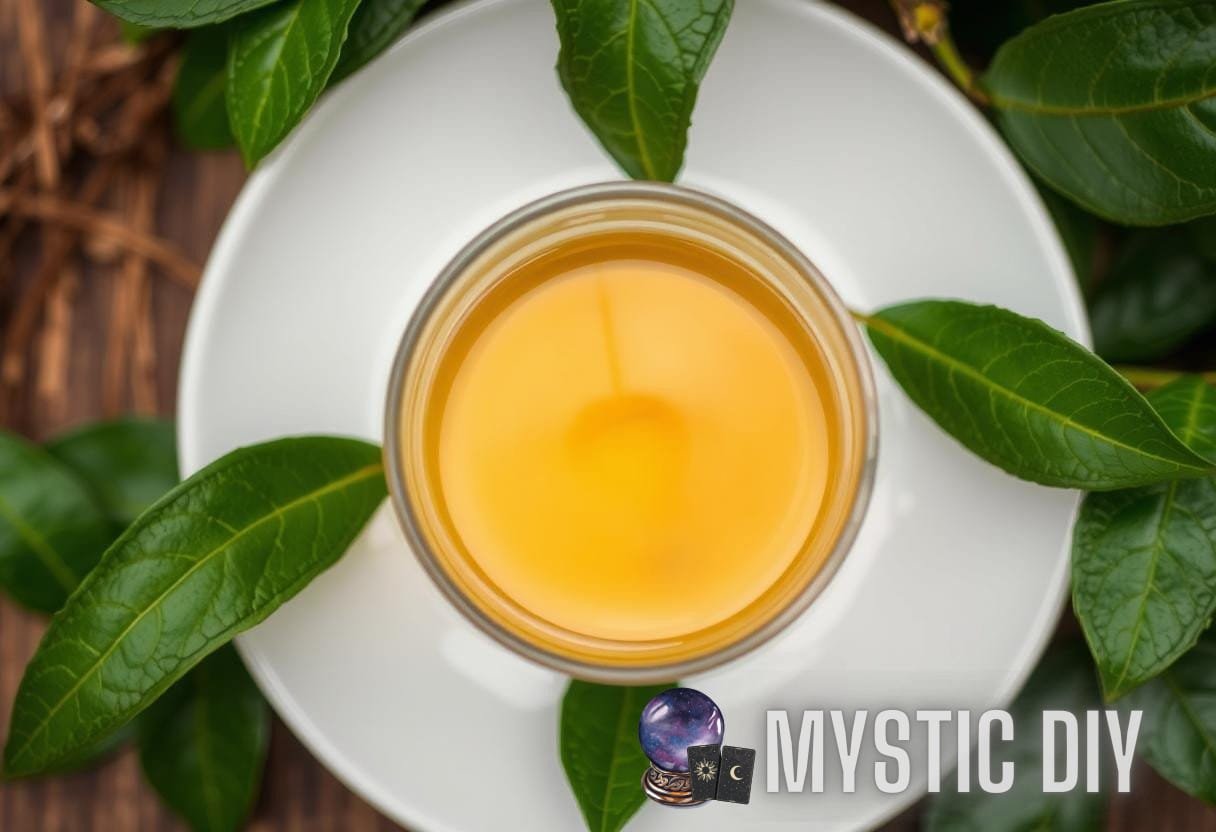Tea Leaf Alchemy: Investigating the Interplay of Chemistry and Nature in Brewed Patterns
Tea has been a cherished beverage globally, renowned not only for its delightful flavors but also for its rich cultural significance. Yet, beneath its soothing nature lies the intricate world of chemistry that defines its characteristics. Tea leaf alchemy is a fascinating intersection where chemistry meets nature, shaping the diverse patterns that emerge when we brew our favorite teas.
The Chemical Composition of Tea Leaves
Understanding tea chemistry patterns begins with a deep dive into the constituents of tea leaves. Multiple components exist within the leaf that interact through complex biochemical processes during brewing. The primary constituents include:
- Catechins: A type of flavonoid antioxidant, catechins contribute to the bitterness and astringency often found in green teas.
- Caffeine: This natural stimulant not only contributes to tea’s energizing properties but also affects how we perceive its flavors.
- Amino Acids: L-theanine is a prominent amino acid in tea, enhancing its umami flavor and providing calming effects.
- Essential Oils: Various aromatic compounds contribute to the fragrance and flavor profile of different teas.
- Polyphenols: These compounds provide a myriad of health benefits and contribute to tea’s color and flavor.
Each of these constituents interacts differently depending on the type of tea leaf and the brewing conditions, creating unique tea chemistry patterns.
The Brewing Process: Getting Interaction Right
The brewing process is where the magic happens, as the interplay of water temperature, steeping time, and tea type leads to the extraction of these chemical compounds. The variables include:
- Temperature: Hotter water tends to extract more tannins (polyphenols), leading to greater bitterness.
- Steeping Time: Longer steeping time allows more extraction of catechins and caffeine but can also result in over-extraction, resulting in astringency.
- Water Quality: The mineral content and pH of the water can significantly affect the flavor and clarity of the brewed tea.
As these variables interact, they give rise to distinct tea chemistry patterns, which influence the final sensory experience of each brew.
The Art of Visual Patterns in Brewed Tea
Beyond taste and aroma, brewed tea presents itself visually. The colors and textures observed in a cup of tea vary widely according to the brew’s characteristics. For example:
- Green Tea: Shows vibrant green hues due to chlorophyll and catechin concentration.
- Black Tea: Produces deep amber to reddish colors as a result of oxidized polyphenols.
- Herbal Tea: Offers a spectrum of colors, often dependent on the herb’s natural pigments.
The interaction of light with these compounds leads to variations in color intensity, contributing to the visual tea chemistry patterns.
Flavor Profiles: A Complex Chemistry
The flavor profile of tea is a product of its comprehensive chemistry. The fusion of components like catechins, amino acids, and essential oils creates a multi-layered taste experience. Characteristics can be grouped into primary taste categories:
- Sweet: Primarily contributed by fructose and amino acids.
- Sour: Resulting from organic acids found in the tea leaves.
- Bitter: A result of catechins and tannins, prevalent in green and black teas.
- Umami: Enhanced by the presence of amino acids like L-theanine.
Individuals often experience these flavors differently due to genetic factors affecting taste perception. This diversity adds another layer to the exploration of tea chemistry patterns.

Health Benefits and Chemical Biology
Tea is frequently hailed for its health benefits, many of which can be ascribed to its complex chemical composition. Some significant findings include:
- Antioxidant Properties: The high levels of catechins prevent oxidative stress at the cellular level.
- Cognitive Function: Research shows that the combination of caffeine and L-theanine can enhance focus and cognitive function.
- Cardiovascular Health: Regular tea consumption has been linked to lower risks of heart disease, attributed to polyphenol content.
These outcomes exemplify the practical impacts of tea chemistry patterns on human health, evidencing the significance of understanding the underlying chemistry.
Case Studies: Teas from Different Regions
Different tea-growing regions produce unique flavors and patterns due to their distinct climates and soils. Here are some notable examples:
- Darjeeling Tea: Often referred to as the “Champagne of Teas,” its complex flavor profile includes muscatel notes, resulting from its unique growing conditions and processing.
- Matcha: This finely powdered green tea from Japan boasts a rich umami flavor enhanced by high chlorophyll levels, a natural result of shade-growing techniques.
- Oolong: Semi-oxidized, oolong presents various flavor notes that vary substantially from floral to fruity, showcasing the intricacies of tea chemistry.
These examples demonstrate the vast diversity in tea chemistry patterns shaped by natural and environmental factors.
Scientific Exploration and Future Trends
As tea research continues to evolve, several exciting trends have emerged within the world of tea chemistry. Researchers are currently investigating:
- Genetic Engineering: Enhancements to tea plants for better disease resistance and flavor compounds.
- Terroir Analysis: Understanding how soil composition and climate impact the chemical profiles of different teas.
- New Processing Techniques: Modifying traditional methods to create novel flavor profiles or health benefits.
This ongoing exploration reflects a significant convergence of science and nature, further illuminating the intricate tea chemistry patterns we can perceive in every cup.
Linking Traditional Knowledge with Modern Science
Traditional tea-making practices often embody wisdom that coincides with scientific principles. By blending traditional knowledge of tea with modern analytical techniques, it’s possible to uncover surprising insights. For instance, techniques such as sensory evaluation and chemical analysis can validate historical brewing practices, guiding contemporary tea enthusiasts toward achieving the best results.
Integrating traditional and scientific perspectives opens new avenues for tea experiences, enhancing both appreciation and understanding of tea chemistry patterns. This amalgamation can be particularly beneficial for connoisseurs and casual drinkers alike.
Conclusion: Embracing Complexity in Every Sip
Tea offers an intricate tapestry of flavors, aromas, and health benefits shaped by a rich interplay of chemistry and nature. As we explore the world of tea chemistry patterns, we unlock a deeper appreciation for not just the beverage but also the extensive history and science enveloping tea cultivation. Understanding the science behind tea brewing practices fosters a connection between the drinker and the natural world, elevating a simple cup of tea into a symphony of taste, aroma, and culture. The mystery of tea leaf alchemy continues to unfold, inviting everyone into a realm of exploration and enjoyment.
For those looking to delve deeper into the world of tea, check out our top recommendations for green teas and learn more about the best brewing methods.



